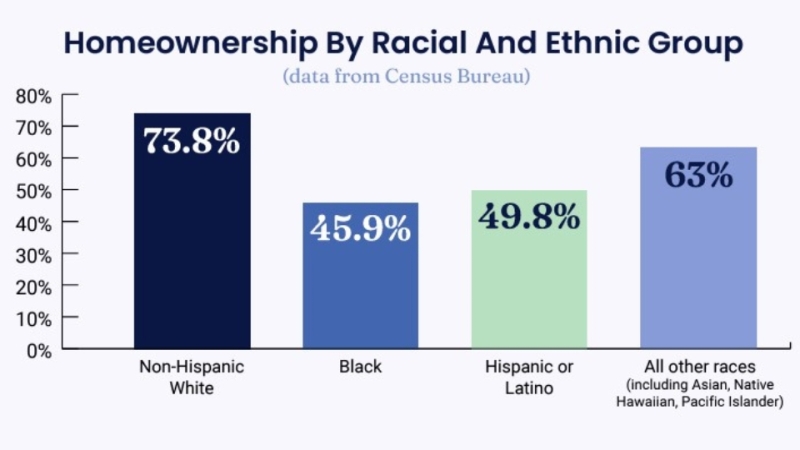Advertisement
Fannie and Freddie Announce 2002 Loan Limits
Coaching Your Organization to SuccessBill Finleycoaching, motivation, integration, action
Today's business environment demands that companies and
individuals perform at higher levels than ever before. In order to
achieve higher production goals, companies need to draw upon a
variety of resources to help motivate their employees. Typical
resources include trainers, motivational speakers, mentors and
corporate psychologists, but these will most likely not change
employee behavior and, consequently, fall short of the desired
results. Creating higher levels of commitment from employees and
realizing high-performance goals often requires the involvement of
a coach who can unlock their underlying creativity and passion. By
inspiring this drive to succeed, a coach guides employees through
change, helping each individual reach personal and professional
goals through greater self-knowledge and a desire to succeed.
Coaching is not a new concept and should not be seen as another
newfangled answer for managing employees, but rather be viewed as a
reminder of what really matters--motivating employees to produce at
the highest level possible. Coaching offers a total revision to our
current organizational thinking, and a fresh approach to
performance breakthroughs in areas that have become stagnant or
unproductive. Coaching creates a new context for management that
fosters a genuine partnership with employees, so that everyone can
accomplish more.
The advantages of coaching have not gone totally unnoticed by
managers who realize that their staff performs better with a coach,
and superior performance readily translates into productivity and
profits. These realizations are nowhere more apparent than in
sporting competitions, where the best players and teams rely on a
coach to motivate, inspire, and advise them when they fall into
production ruts.
Coaching is the name given to the management structure known as
"acknowledge/create/empower," which encourages a strong commitment,
involvement, mutual support and individual growth. Unfortunately,
however, this is not very common in current corporate culture. What
is prevalent is what is known as the "control/order/prescription,"
a top-down approach that creates an environment of order, control,
and discipline. In order for a coaching environment to be
successful, a managerial belief system must shift from control to
mutual support, enabling the team to generate superior results and
feel empowered. An important component is setting challenging goals
that employees have a stake in and are excited about. Employees
will be much more effective in conquering a seemingly impossible
situation when they are invested in the outcome. Learning is a key
part of the process, as employees often need to change their
attitudes in order to reach these goals. This is where the coaching
relationship begins to add measurable value by setting a
learner-directed agenda that is determined by those being coached.
Slowly, employees will begin to become more creative and move away
from their existing ways of thinking.
Coaching employees to take successful action not only involves
setting goals, but also observing them on a daily basis, and
honestly acknowledging breakdowns and intervening to help them
improve. This can be accomplished by either repackaging what they
already know or helping them to learn something fundamentally
different.
One of the coach's primary tasks is to help employees create
effective organizations that they believe in, so that they can
produce extraordinary results on their own accord. In this context,
the coach not only creates the environment for positive action, but
also supports it until the desired result is achieved.
Most importantly, a coach must build a relationship of mutual
trust, or it will be difficult to challenge and support positive
transformations. Coaching also involves impacting employees'
visions and values, reshaping their way of being, thinking and
acting, and expanding their capacity to take effective action in a
reasonable time frame. Without effective action, neither the
employee nor the organization can achieve success.
One effective method is to foster a sense of teamwork. Coaching
strives to create a community of commitment where there is a shared
vision and a sense that the employees' work is deeply purposeful.
People draw their identities from both their individuality and
connection to the whole, and when they look up from their desks and
realize that they are part of something larger, productivity
increases.
Another way to encourage effective action is for the coach to
identify what makes each employee tick, so to speak. One of the
biggest mistakes that managers make is viewing employees as
ordinary people, just because they are doing ordinary jobs and, as
a result, receiving ordinary results. There is no stopping an
employee who is presented with the opportunity to draw on their
gifts, once those gifts are determined. A coach helps build an
inspired environment in which a employee's natural tendency to
create and add value is called forth.
When employees work with a coach, they commit to producing a
result, and one of the basic principles of effective coaching is
that everyone involved must be fully committed to achieving
superior performance. The demand for coaching shows up naturally
and automatically in an environment of committed,
partnership-oriented management. Otherwise, it is difficult for
employees to push the limits of their creativity and challenge
their beliefs, thereby making the relationship much less effective.
Without this support structure, no one benefits.
So, in the end, coaching is effective, for several reasons, but
mainly because it occurs in an action, result and employee-oriented
relationship between coach and coachee, with the latter witnessing
something unique about their own performance. The beneficial
effects on a employee's performance derive almost solely from the
communication that occurs within that relationship. However, it
must be noted that the coach's job is not primarily to give
information; as a rule, a coach is not a technical expert. A coach
is primarily focused on the way the coachee is seeing and
interpreting their environment.
Of course, a key to success is having a great coach who is
soft-spoken, articulate, humble, charming, witty, trustworthy,
respectful of others, direct, and dedicated to their profession and
those they are coaching. A great coach does not take credit for
success or blame others for mistakes, but rather is tough-minded
and intolerant of anything less than the best.
That says it all--organizations should demand only the best from
their employees, and employees should demand only the best from
themselves. It is only through a positive coaching relationship
that both personal and professional bests are realized.
Bill Finley is chair of Quantum Personal Best Coaching. He
may be reached by phone at (201) 825-0511, fax at (201) 825-3178 or
e-mail [email protected].
About the author





